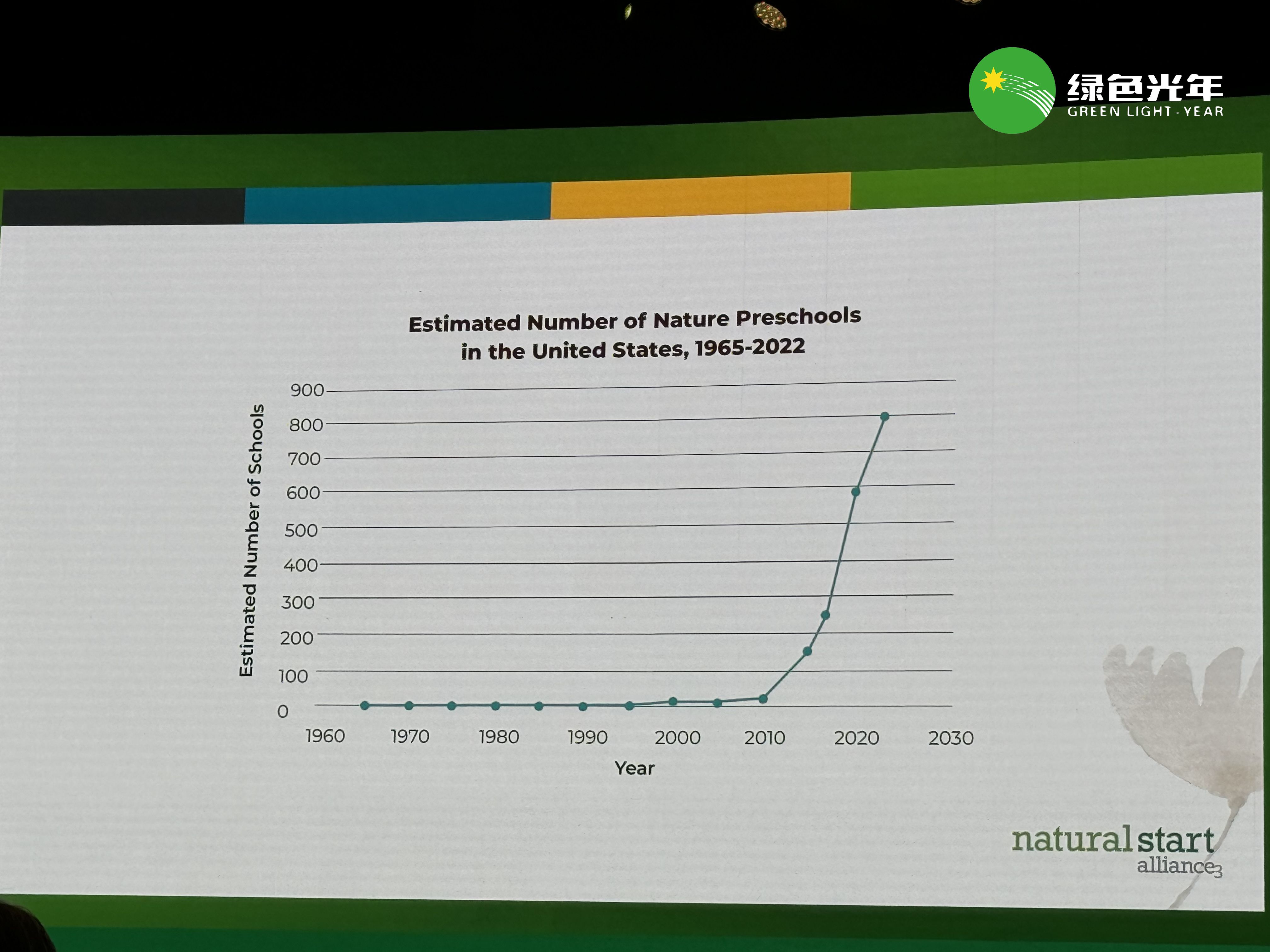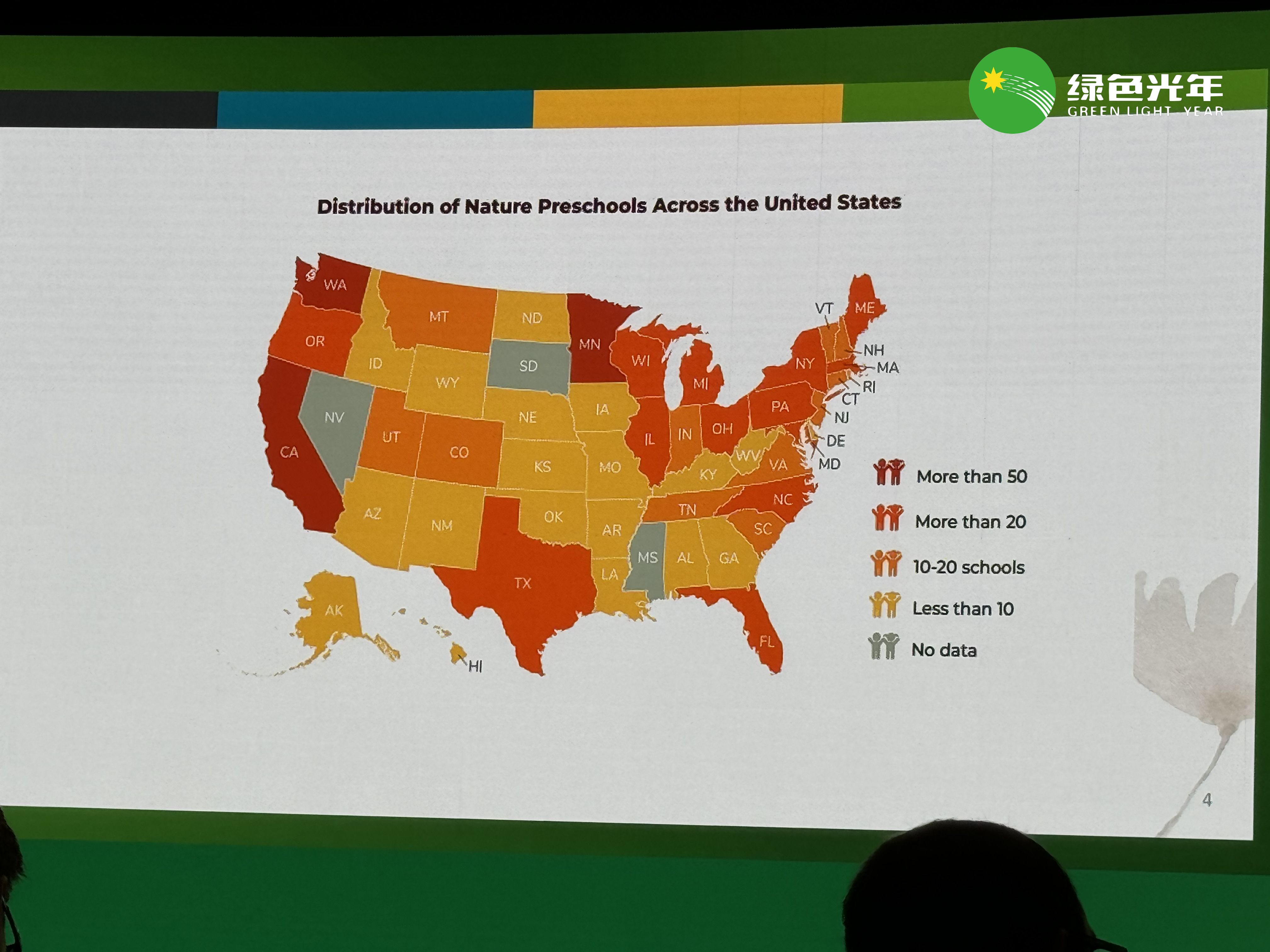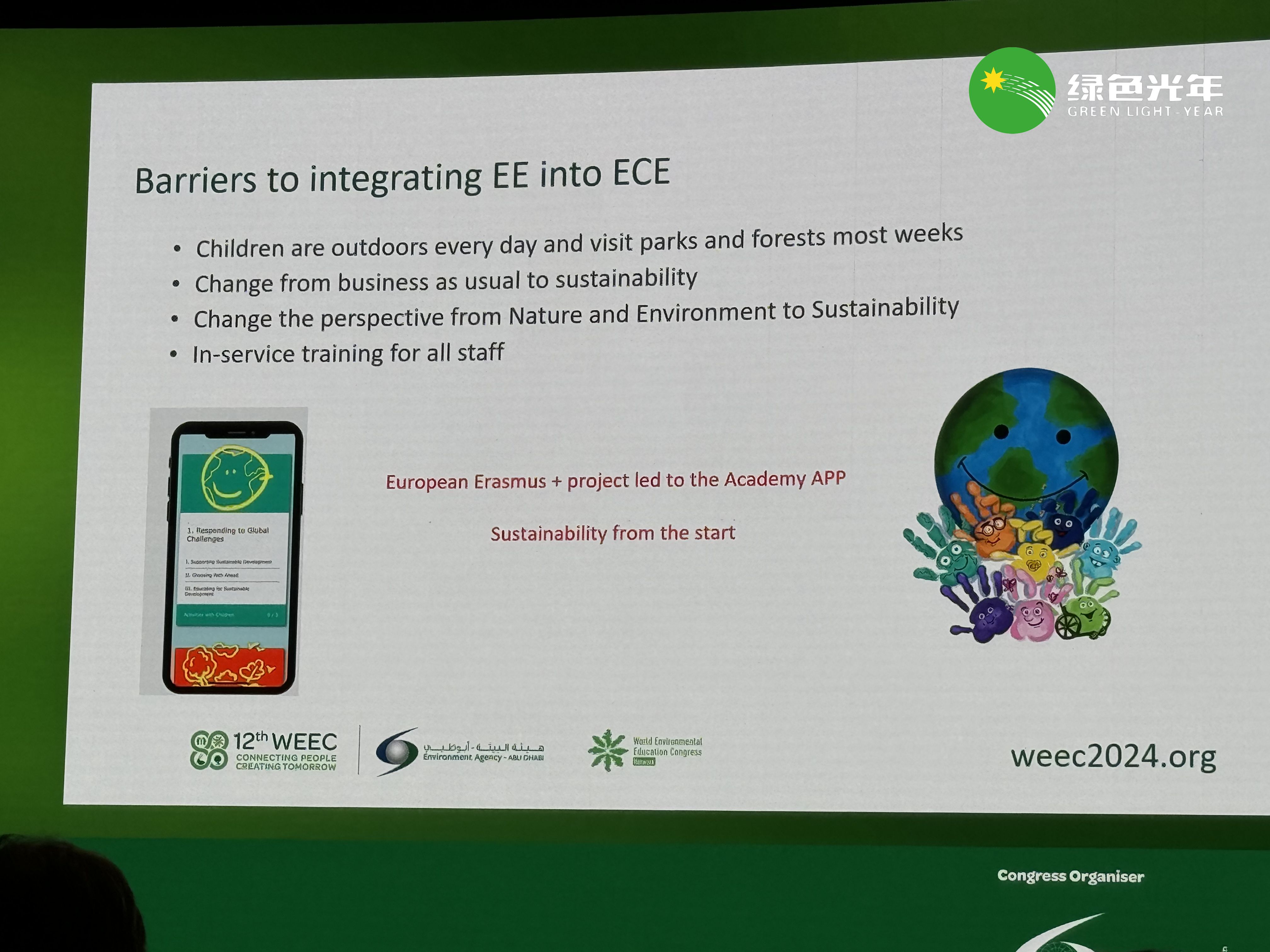
In the ever-evolving landscape of education, the call for sustainability and environmental awareness is a clarion one, echoing through the hallways of schools and the policies shaping the future of young minds. The journey towards a greener future is not a distant dream but a present reality, forged in the classrooms and the playgrounds, where seeds of ecological wisdom are sown early and nurtured to grow into the sturdy trees of tomorrow’s sustainable practices.
The Roots of Change
Change, they say, begins at home, but when it comes to education, it starts with the young. Less than half of the children aged 3-4 in the United States are enrolled in early education, yet the need for integrating environmental education into this critical stage cannot be overstated. It is in the early years that children form connections with their surroundings, learning to interact with and respect nature, and developing a sense of their place within the larger ecological system.

Three Pillars of Environmental Learning in USA
1. Outdoor Learning:
The simplest yet profound act of taking children outside to play and learn under the vast sky is where environmental education takes root. Simple activities like reading beneath a tree or exploring a local park can significantly impact a child’s understanding of the world around them.
2. Integrated Curriculum:
By weaving environmental education into the standard curriculum, schools offer a holistic learning experience that combines traditional subjects with practical, hands-on environmental knowledge.
3. Nature Preschools:
These institutions represent a full immersion into environmental education. With a staggering 70% of the day spent outdoors, children at these nature preschools are not merely students of nature; they are part of it.
The Green Expansion
From a few nature preschools in the 1960s to over 800 in 2022, the growth of institutions dedicated to environmental education reflects a societal shift towards embracing sustainability. These preschools utilize public lands, demonstrating the viability of nature-based education in diverse settings and challenging the notion that vast, untouched landscapes are necessary for such learning.
Policy and Progress
Policymaking plays a pivotal role in this green revolution. Initiatives like the Nature Star Alliance and the 2020 New Education Policy underscore the importance of sustainable education. Globally, programs like India’s ICPS service illustrate the success of integrating nutrition, health, and education, setting an example for other nations to follow.
The Challenge Ahead
Despite the strides made, challenges persist. Standardizing a curriculum that incorporates sustainability while catering to diverse learning needs is complex. However, with many countries now focusing on early childhood education and sustainability, there is hope. Governments are collaborating, educators are innovating, and children are engaging with their environment like never before.
A Sustainable Ethos
As we chart the course for future generations, the emphasis on environmental education in the formative years is not just a necessity but a responsibility. It is about teaching children to think beyond themselves, to understand the delicate balance of our ecosystem, and to act as stewards of the earth. Our success in this endeavor will not only be measured by the knowledge we impart but by the future we enable for all life on our planet. In fact, sustainable education does not demand vast natural environments for student learning — a single tree, a patch of grass, or a flower is enough to plant the seeds of nature protection in children. Yet, such a simple act is often overlooked by some schools and families. Isn’t that a regret?

About the Author

Gao Zhitong is currently a student at Shanghai Concordia International School. He first connected with Green Light-Year during the 2018 “Take Xuesen Road Again” Northwest Environmental Protection Science and Technology Research Camp, where he stood out as the best debater and reporter (Link: 重走学森路18 | D1 高铁上“找茬儿”调研的营员们). He also participated in a meeting with the curator of the Qian Xuesen Museum (Link: “重走学森路”分享会丨一起康康孩子们参营后的变化!). In 2020, he joined the TrashTrack project team, collaborating with five other high school students. They used GPS trackers to investigate the final destinations of sorted waste in different communities in Shanghai (Link: TrashTrack小队科普丨MoniTour: 追踪电子废弃物的全球路线). Their findings were featured in a full-page article in the Jiefang Daily (Link: 新闻报道丨解放日报:追踪垃圾分类,追问更多可能性). He also encouraged his sister, who attends the University of Sydney, to write a popular science article for Green Light-Year about how American environmental organizations track the final destinations of electronic waste.
He is actively involved in social practice activities organized by his school and community, earning praise and trust from teachers in both contexts. He has served as a department head in the student council and has achieved notable successes in numerous activities.
Written & image by Gao Zhitong (Shanghai Concordia International School)
Designed by Zhang Zhiyuan
Edited by ShengXiajing
